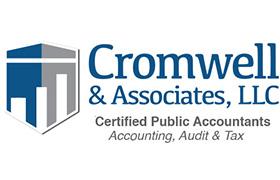Pinto Criminal Lawyer, Maryland
Sponsored Law Firm
-
 x
x

Click For More Info:
-
Cromwell & Associates, LLC
7305 Baltimore Ave Suite 307 College Park, MD 20740» view mapEstate, Tax, and Real Estate Law Where Every Client Matters
At Cromwell & Associates, our firm is large enough to handle your diverse needs, but small enough to give you the personal attention you deserve.
240-667-7234
George V McKinley
Traffic, Transportation & Shipping, Family Law, Criminal
Status: In Good Standing Licensed: 29 Years
Joshua Clark Kelty
Lawsuit & Dispute, Government, Criminal
Status: In Good Standing Licensed: 22 Years
James Paul Donahue
Real Estate, Divorce & Family Law, Criminal
Status: In Good Standing Licensed: 45 Years
 Stephen Cromwell College Park, MD
Stephen Cromwell College Park, MD AboutCromwell & Associates, LLC
AboutCromwell & Associates, LLC
